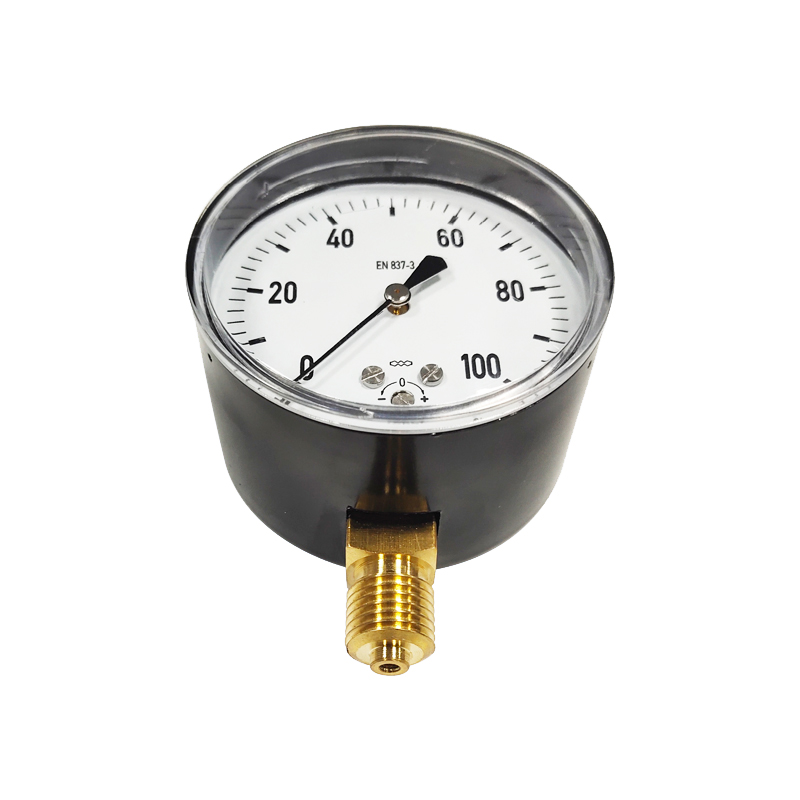
Dec . 15, 2024 16:40 Back to list
difference between differential and absolute pressure gauges
Understanding the Difference Between Differential and Absolute Pressure Gauges
Pressure measurement is a crucial aspect of many industrial, scientific, and engineering applications. Accurate readings ensure the safe and efficient operation of systems ranging from HVAC to chemical processing. Two of the most commonly used types of pressure gauges are differential pressure gauges and absolute pressure gauges. While both serve the purpose of measuring pressure, they do so in different contexts and with distinct operational principles.
What is Absolute Pressure?
Absolute pressure is measured relative to an absolute vacuum, which is considered as the lowest possible pressure, or zero pressure. This type of measurement takes into account the total pressure exerted on a measuring device, including atmospheric pressure. Therefore, an absolute pressure gauge provides a reading of the total pressure present in a system. Common applications for absolute pressure instruments include vacuum systems, barometric pressure measurements, and monitoring pressures in sealed environments where variations in atmospheric pressure could lead to inaccuracies.
Absolute pressure is defined mathematically as
\[ P_{absolute} = P_{gauge} + P_{atmospheric} \]
Where - \( P_{absolute} \) is the absolute pressure. - \( P_{gauge} \) is the gauge pressure reading. - \( P_{atmospheric} \) is the atmospheric pressure.
This relationship highlights that absolute pressure readings are always positive as they are calculated above the vacuum baseline.
What is Differential Pressure?
Differential pressure, on the other hand, refers to the pressure difference between two points within a system. A differential pressure gauge measures how much one pressure deviates from another pressure, rather than measuring against a vacuum. This type of gauge is crucial for applications such as flow measurement, filter monitoring, and level measurement in tanks where pressure differences determine performance and efficiency.
The mathematical relationship for differential pressure can be expressed as
difference between differential and absolute pressure gauges

\[ P_{differential} = P_1 - P_2 \]
Where - \( P_{differential} \) is the differential pressure. - \( P_1 \) is the pressure at one point. - \( P_2 \) is the pressure at another point.
Differential pressure gauges are essential for processes where knowing the difference between two pressures is more relevant than knowing their absolute values.
Key Differences Between Differential and Absolute Pressure Gauges
1. Reference Point - Absolute pressure gauges measure pressure relative to a perfect vacuum. - Differential pressure gauges measure the difference between two pressures, which can be in a vacuum or at atmospheric pressure.
2. Applications - Absolute pressure gauges are often used in situations where accurate measurement of pressure is critical, such as meteorology, process control, and vacuum applications. - Differential pressure gauges are prevalent in applications like HVAC systems, where they help measure airflow and gas flow rates by determining the pressure drop across filters and fans.
3. Calibration - Absolute gauges must be calibrated to account for changes in atmospheric pressure. - Differential gauges are typically calibrated based on the system's design pressures.
4. Output - An absolute pressure gauge will always provide a reading that includes atmospheric pressure. - A differential pressure gauge can show both positive and negative readings, depending on the pressures being measured.
Conclusion
Understanding the difference between differential and absolute pressure gauges is crucial for selecting the appropriate instrument for specific applications. While both types of gauges serve the essential function of measuring pressure, their principles of operation, reference points, and applications vary significantly. Choosing the right gauge not only ensures accurate readings but also enhances the efficiency and reliability of the systems involved. By recognizing these differences, engineers and technicians can make informed decisions that lead to improved operational performance.
-
High-Precision 5 Valve Manifold Differential Pressure Gauge Suppliers
NewsApr.29,2025
-
High-Precision Diaphragm Vacuum Pressure Gauges Manufacturers & Quotes
NewsApr.29,2025
-
Omega Differential Pressure Gauges High Accuracy & Durability
NewsApr.28,2025
-
Low Pressure Differential Pressure Gauges Precision Solutions & Quotes
NewsApr.28,2025
-
Digital Diaphragm Pressure Gaauge Precision Measurement & OEM Quotes
NewsApr.28,2025
-
Differential Pressure Gauge China Price High-Accuracy & Best Quotes
NewsApr.28,2025
